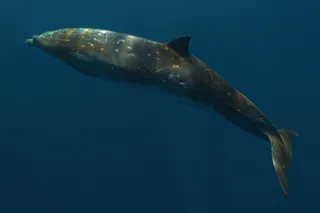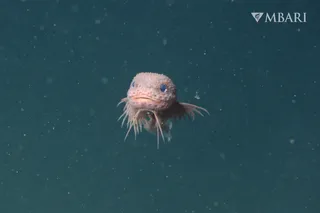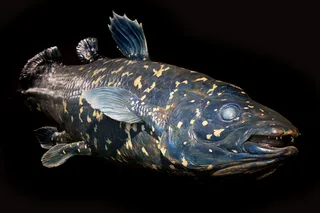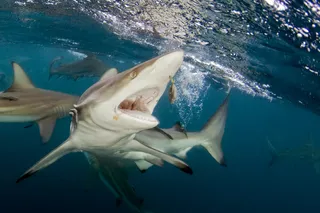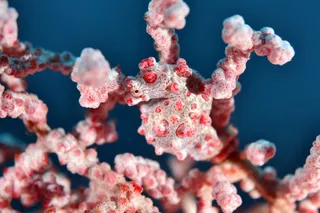The oceans are full of animals that seek safety in numbers, gathering together to confuse predators. But some opt for the opposite strategy. Alexandriumis part of the sea’s collection of plankton. It’s a single-celled creature but it can create colonies by amassing together in long chains. At their most extreme, these colonies can form large swarms to produce harmful red tides. As chains, Alexandrium swims and grows faster, but it is vulnerable to predators such as copepods – small relatives of crabs or shrimp. Erik Selander from theTechnical University of Denmark found that when the chains detect the chemical traces of copepods, they break apart. By turning back into single cells, they make themselves harder to find. They also swim at a slower pace to avoid creating telltale movements in the water. When threatened by predators, these plankton enter stealth mode. Alexandrium isn’t the only ocean resident to use a ...
Pocket Science: Stealth mode in the sea
Discover the adaptive Alexandrium plankton behavior, which involves predator avoidance strategies like stealth mode and forming chains.
ByEd Yong
More on Discover
Stay Curious
SubscribeTo The Magazine
Save up to 40% off the cover price when you subscribe to Discover magazine.
Subscribe

